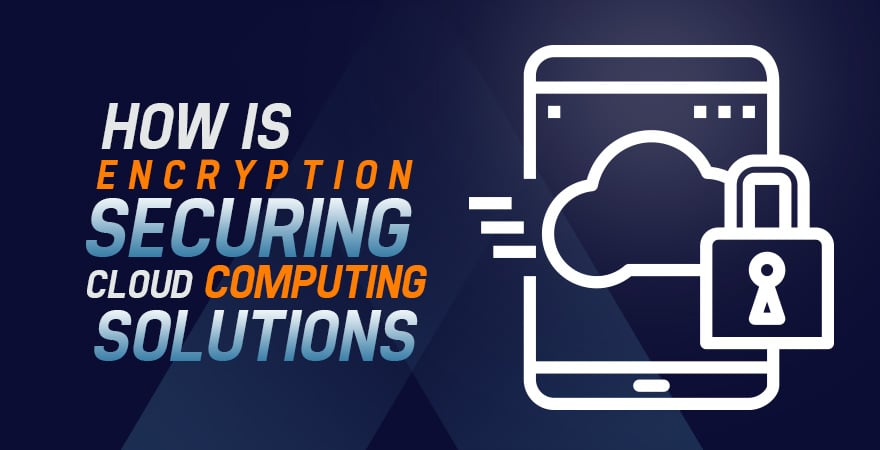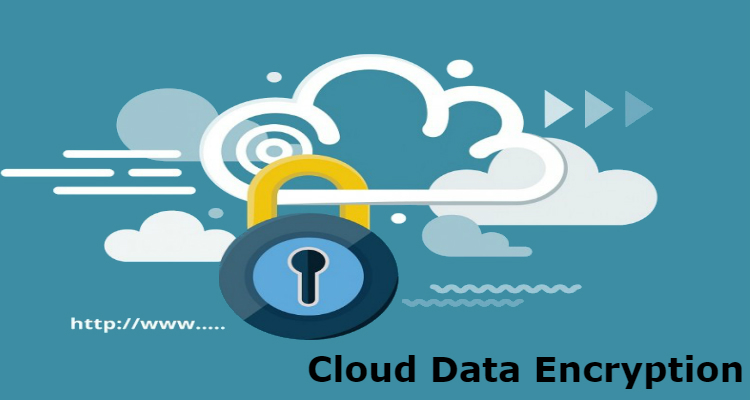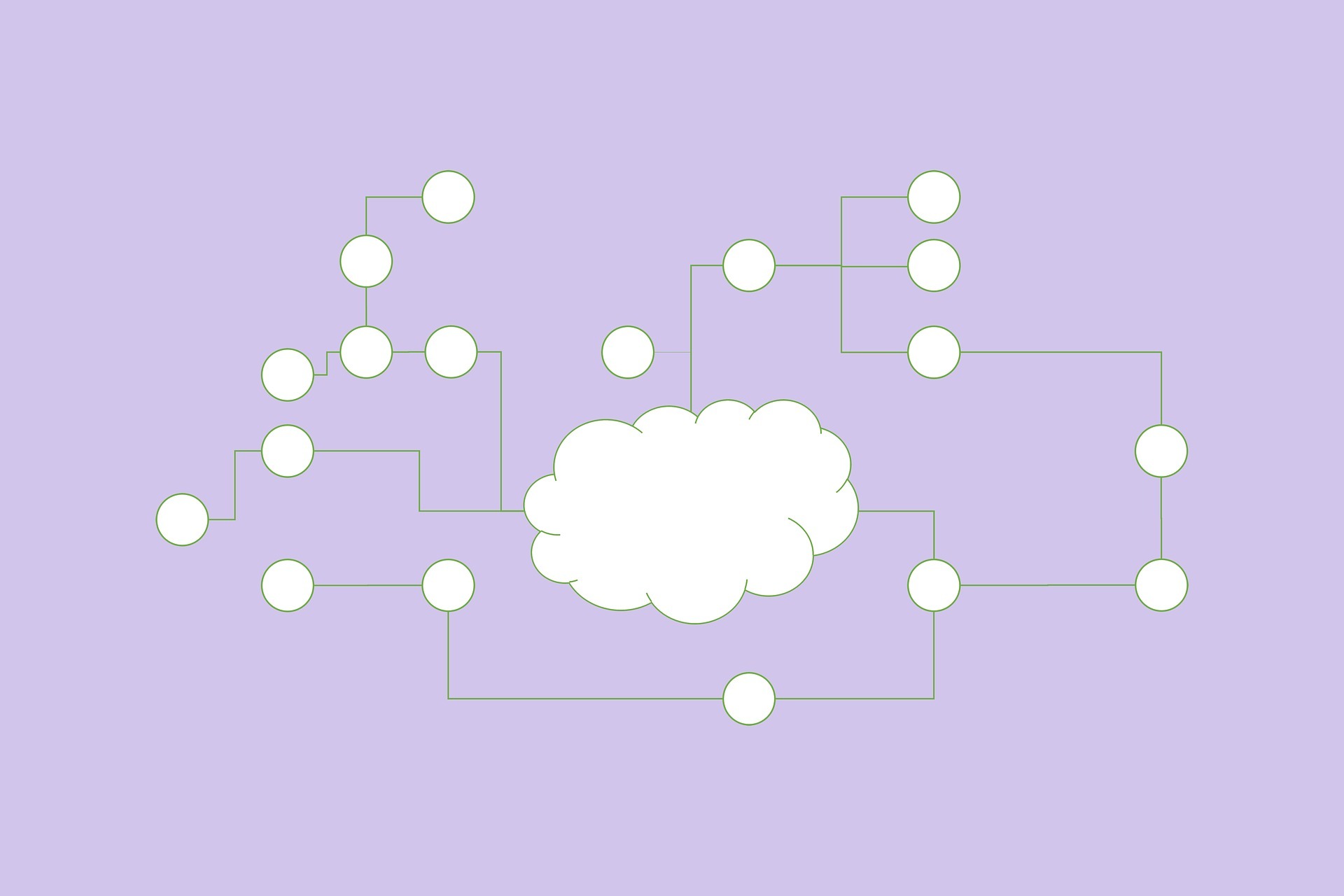Understanding Data Security in Cloud Environments
In today’s digital age, cloud solutions have become increasingly popular for businesses seeking to store and manage their data. However, with this growing trend comes the need for robust data security measures to protect sensitive information from potential threats. Encryption and tokenization are two such methods that have gained significant attention in recent years. These techniques play a crucial role in ensuring data confidentiality, integrity, and authenticity in cloud environments.
Encryption and tokenization in cloud solutions involve converting plaintext into unreadable formats, making it difficult for unauthorized users to access or interpret the data. While encryption uses complex algorithms to scramble data, tokenization substitutes sensitive information with non-sensitive representations, or tokens. Both methods have unique benefits and applications, making them essential tools for securing data in cloud environments.

Encryption: The Process and Benefits
Encryption is a widely used method for securing data in cloud solutions. It involves converting plaintext into ciphertext, making it unreadable without the decryption key. This process ensures data confidentiality, integrity, and authenticity, making it a powerful tool for protecting sensitive information in cloud environments.
Encryption algorithms suitable for cloud solutions include symmetric and asymmetric encryption. Symmetric encryption uses the same key for encryption and decryption, while asymmetric encryption uses different keys for each process. Advanced Encryption Standard (AES), Rivest-Shamir-Adleman (RSA), and Elliptic Curve Cryptography (ECC) are popular encryption techniques used in cloud environments.
Encryption offers several benefits, including:
- Data Confidentiality: Encryption ensures that only authorized users with the decryption key can access the data, protecting it from unauthorized access.
- Data Integrity: Encryption algorithms can detect any changes made to the data during transmission, ensuring that the data remains intact and unaltered.
- Data Authenticity: Encryption can verify the sender’s identity, ensuring that the data comes from a trusted source.
However, encryption also has some limitations. For instance, it can be resource-intensive, impacting performance and requiring more processing power. Additionally, managing encryption keys can be challenging, and losing them can result in data becoming inaccessible.

Tokenization: The Basics and Use Cases
Tokenization is a method of securing sensitive data by replacing it with non-sensitive representations, or tokens. These tokens have no extrinsic or exploitable meaning, making them useless to attackers even if intercepted. Tokenization is widely used in various industries, including payment processing, healthcare, and data masking, to protect sensitive information and improve data privacy.
Tokenization offers several advantages, including:
- Reduced PCI DSS Scope: By replacing sensitive payment data with tokens, organizations can reduce their Payment Card Industry Data Security Standard (PCI DSS) compliance scope, making it easier and less expensive to maintain compliance.
- Improved Data Privacy: Tokenization ensures that sensitive data is not stored in its original form, reducing the risk of data breaches and unauthorized access.
- Simplified Data Management: Tokens can be used to simplify data management by allowing organizations to store and process non-sensitive data, reducing the complexity and overhead of managing sensitive data.
Tokenization is particularly useful in the following use cases:
- Payment Processing: Tokenization can be used to replace sensitive payment data, such as credit card numbers, with tokens, reducing the risk of data breaches and improving compliance with PCI DSS.
- Healthcare: Tokenization can be used to protect sensitive healthcare data, such as patient records, ensuring compliance with regulations such as the Health Insurance Portability and Accountability Act (HIPAA).
- Data Masking: Tokenization can be used to mask sensitive data, such as social security numbers, ensuring that only authorized users can access the original data.
However, tokenization also has some limitations. For instance, it requires a secure token vault to store and manage the mapping between tokens and original data, and losing access to this vault can result in data becoming inaccessible. Additionally, tokenization does not provide the same level of data integrity and authenticity as encryption.
Comparing Encryption and Tokenization: Strengths and Weaknesses
When it comes to securing sensitive data in cloud solutions, encryption and tokenization are two popular methods that offer distinct advantages and disadvantages. Understanding these differences is crucial for selecting the appropriate technique for specific use cases and scenarios.
Security
Encryption provides strong security for data in transit and at rest, ensuring that only authorized users with the decryption key can access the original data. Tokenization, on the other hand, replaces sensitive data with non-sensitive representations, making it useless to attackers even if intercepted. However, tokenization does not provide the same level of data integrity and authenticity as encryption.
Performance
Encryption can have a performance impact on cloud solutions, particularly for large data sets or high-volume transactions. Tokenization, on the other hand, is generally faster and more lightweight than encryption, making it a better option for real-time applications or high-volume data processing.
Ease of Implementation
Encryption can be complex to implement and manage, requiring careful key management and access controls. Tokenization is generally easier to implement and manage, as it does not require key management or complex access controls.
Ideal Scenarios
Encryption is ideal for scenarios where data confidentiality, integrity, and authenticity are critical, such as financial transactions or sensitive government data. Tokenization is better suited for scenarios where data privacy is the primary concern, such as payment processing or healthcare data.
Limitations
Encryption can be vulnerable to attacks such as brute force or side-channel attacks, particularly if the encryption key is compromised. Tokenization can be vulnerable to attacks if the token vault is compromised, making it essential to implement strong access controls and monitoring.
Combining Techniques
Combining both encryption and tokenization can provide enhanced data protection in cloud solutions. For instance, encrypting sensitive data before tokenization can ensure that the data is protected both in transit and at rest, while also reducing the risk of data breaches and unauthorized access.

Real-World Cloud Solutions Utilizing Encryption and Tokenization
When it comes to securing sensitive data in cloud solutions, encryption and tokenization are two popular methods that offer distinct advantages and are widely used by major cloud service providers. Here are some examples of cloud solutions that utilize encryption and tokenization:
- Amazon Web Services (AWS) Key Management Service (KMS): AWS KMS is a cloud-based key management service that enables users to manage encryption keys for data protection in the cloud. KMS provides encryption and decryption services, as well as key management and access controls, to help users meet compliance requirements and ensure data confidentiality, integrity, and authenticity.
- Microsoft Azure’s Azure Key Vault: Azure Key Vault is a cloud-based service that provides secure storage of encryption keys, secrets, and digital certificates. Key Vault enables users to manage keys for encryption, decryption, and signing, as well as access controls and auditing, to help ensure data security and compliance in the cloud.
- Google Cloud’s Cloud Key Management Service: Cloud KMS is a cloud-based key management service that enables users to manage encryption keys for data protection in the cloud. Cloud KMS provides encryption and decryption services, as well as key management and access controls, to help users meet compliance requirements and ensure data confidentiality, integrity, and authenticity.
These cloud solutions provide robust encryption and tokenization capabilities that help users secure sensitive data in the cloud, meet compliance requirements, and improve data privacy. By utilizing these services, users can take advantage of the benefits of encryption and tokenization without the complexity of managing keys and access controls themselves.

How to Implement Encryption and Tokenization in Cloud Solutions
Implementing encryption and tokenization in cloud solutions is essential for protecting sensitive data and meeting compliance requirements. Here’s a step-by-step guide on how to implement these methods:
- Select appropriate tools: Choose encryption and tokenization tools that are suitable for your cloud solution. Consider factors such as compatibility with your cloud provider, ease of use, and cost. Some popular options include AWS Key Management Service (KMS), Azure Key Vault, and Google Cloud’s Cloud Key Management Service.
- Configure access controls: Implement access controls to ensure that only authorized users can access encrypted data and tokens. This can include using Identity and Access Management (IAM) policies, Access Control Lists (ACLs), and role-based access controls (RBAC).
- Encrypt data: Encrypt sensitive data using encryption techniques and algorithms suitable for cloud solutions. This can include symmetric encryption algorithms such as Advanced Encryption Standard (AES) or asymmetric encryption algorithms such as Rivest-Shamir-Adleman (RSA).
- Tokenize sensitive data: Substitute sensitive data with non-sensitive representations, or tokens, using tokenization techniques. This can include format-preserving tokenization, which preserves the format of the original data, or deterministic tokenization, which uses a fixed-length token.
- Monitor for security breaches: Implement monitoring tools to detect and respond to security breaches. This can include using intrusion detection systems (IDS), security information and event management (SIEM) systems, and log analysis tools.
When implementing encryption and tokenization in cloud solutions, it’s essential to follow best practices and avoid potential pitfalls. This can include using strong encryption keys, implementing secure key management practices, and regularly monitoring and auditing your cloud solution for security vulnerabilities.

Future Trends and Innovations in Encryption and Tokenization
As encryption and tokenization continue to play a critical role in securing data in cloud solutions, new trends and innovations are emerging to further enhance data protection. These advancements aim to address the evolving needs of organizations and the increasing sophistication of cyber threats.
One such trend is homomorphic encryption, a technique that allows for the processing of encrypted data without the need for decryption. This technology has the potential to revolutionize cloud computing by enabling secure data processing and analysis without compromising data confidentiality. Homomorphic encryption can be particularly useful in industries such as healthcare and finance, where data privacy is of the utmost importance.
Another innovation is multi-party computation, a cryptographic technique that enables multiple parties to jointly perform computations on private data without revealing the data itself. This approach can be used to perform secure data aggregation, analysis, and machine learning, providing valuable insights while maintaining data privacy. Multi-party computation can be applied in various industries, including supply chain management, IoT, and AI.
Advanced tokenization techniques are also gaining traction in the world of data security. Dynamic tokenization, for example, generates unique tokens for each transaction, further reducing the risk of data breaches. This method can be particularly useful in payment processing, where sensitive credit card information is involved. Additionally, format-preserving tokenization maintains the original data format after tokenization, allowing for seamless integration with existing systems and applications.
As encryption and tokenization continue to evolve, it is essential for organizations to stay informed about these developments and consider their potential benefits. By adopting innovative data security techniques, organizations can enhance their cloud security posture, meet regulatory requirements, and maintain the trust of their customers and stakeholders. It is crucial to work with experienced service providers and consultants who can help navigate the complex landscape of encryption and tokenization in cloud solutions.
In conclusion, encryption and tokenization in cloud solutions are continually advancing, offering new opportunities to enhance data protection and privacy. By staying informed about emerging trends and innovations, organizations can take advantage of these developments to strengthen their cloud security and maintain compliance with regulatory requirements. As the digital landscape continues to evolve, encryption and tokenization will remain critical components of a robust cloud security strategy.
